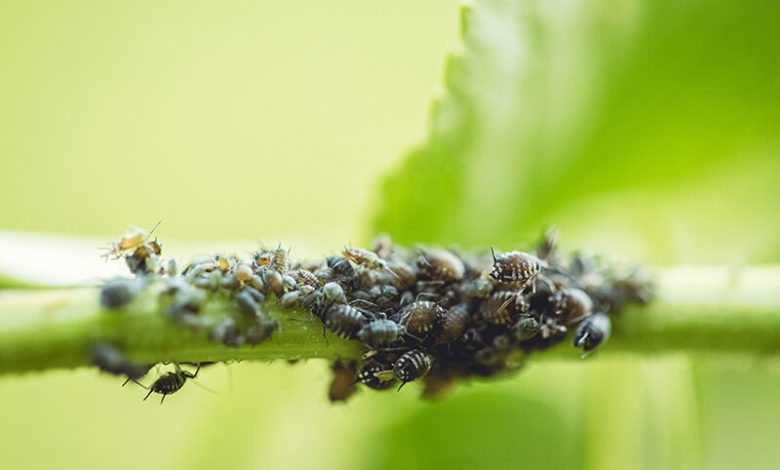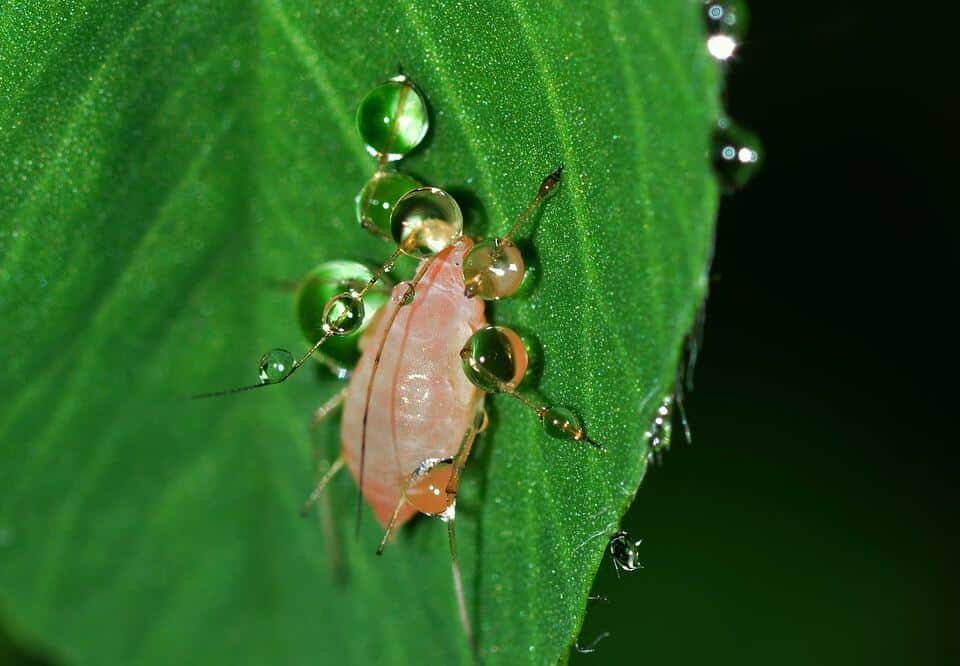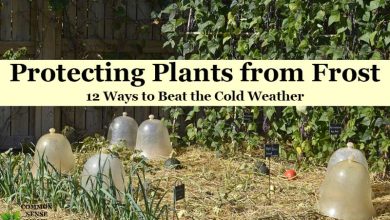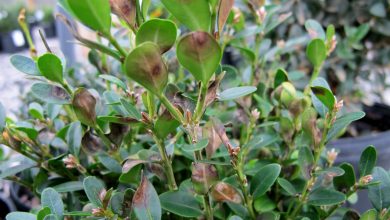Aphids: What are they? How to identify them? How do we combat them?

Aphids are prehistoric insects, original from the Cretaceous period. There are more than 4,700 species, of which Aphis gossypii and Myzus persicae are just two of the most common in crops.
What are aphids?
The first, common in cucurbit, Rutaceae and Malvaceae crops, while the second (better known as green aphid or peach aphid) is more frequent in fruits and certain vegetables.
They are small insects, of varied colors and with a smooth and ovoid body. Some have wings and have small appendages on their abdomen that allow them to secrete a substance that repels their natural enemies.
They also produce a sugary molasses that they excrete through the anus and that serves as food for the ants, who in turn protect them from their natural predators.
This same secretion is, likewise, very useful for bees, since they incorporate it in the manufacture of honey.
Its mouthparts are suckers, which means that it feeds on sap. By absorbing the sap they cause a generalized weakening in the plant, which manifests itself as a delay in growth and yellowing of the leaves and stems.
In addition, during their feeding, aphids inject toxic substances contained in their saliva, causing deformations in leaves and fruits.
Despite their name, aphids are not taxonomically related to fleas or lice.
They reproduce by means of eggs, although they can also do so asexually and have a high rate of reproduction so that, in just a matter of days, a single plant can be overrun with them.
They form large colonies, since aphids usually remain on the plant on which they are born, but after several generations they develop wings that allow them to migrate to a new plant.
They usually settle on the underside of the leaves and, thanks to their way of feeding (they pierce the surface, instead of tearing it), they can go unnoticed for a long time until the damage to the plant is visible or the colony is too large.
The main damage to plants and fruits are:
- Leaf deformation.
- chlorosis in the foliage, causing premature death.
- Depreciation of the product, due to malformations and discoloration.
- The secretion they excrete promotes the appearance of fungi.
Finally, aphids are vectors of different types of viruses that cause plant diseases, including cucumber mosaic virus and courgette yellow mosaic virus.
What crops does it affect?
The impact of aphids is especially significant in melon, strawberry, blackberry, peach, cotton and a wide variety of citrus crops.
We can also find them in vegetables such as lettuce, tomato, cauliflower, cucumber, zucchini, pumpkin, spinach, chili and many more.
How do we combat the aphid?
 To prevent the appearance of aphids in our crops we can place a mesh protection around our orchard.
To prevent the appearance of aphids in our crops we can place a mesh protection around our orchard.
Similarly, the total elimination of weeds and any type of waste or remains of previous crops is recommended.
Biological control can be carried out through its natural enemies. The main predators of aphids are Aphidoletes aphidimyza, which is a small fly whose larvae feed on more than seventy species of aphids.
Also among its predators are the wasp Aphidius matricariae, and the wasps Aphidius colemani and Lysiphlebus testaicepes.
Other predators are ladybugs (or ladybugs) and lacewings.
To combat them, in addition, potassium or biodegradable soap can be applied to the underside of the plants. It should be applied very early in the morning or in the afternoon, when the sun no longer hits the leaves.
The soap will help clean the honeydew excreted by the aphid and soften its cuticle.
If the plague persists or is very abundant, after cleaning the leaves with soap, we will apply neem extract, which will act as an insecticide.

![Photo of Elephant Garlic: [Characteristics, Care, Planting and Reproduction]](https://www.complete-gardening.com/wp-content/uploads/2022/08/elephant-garlic-characteristics-care-planting-and-reproduction-390x220.jpg)


